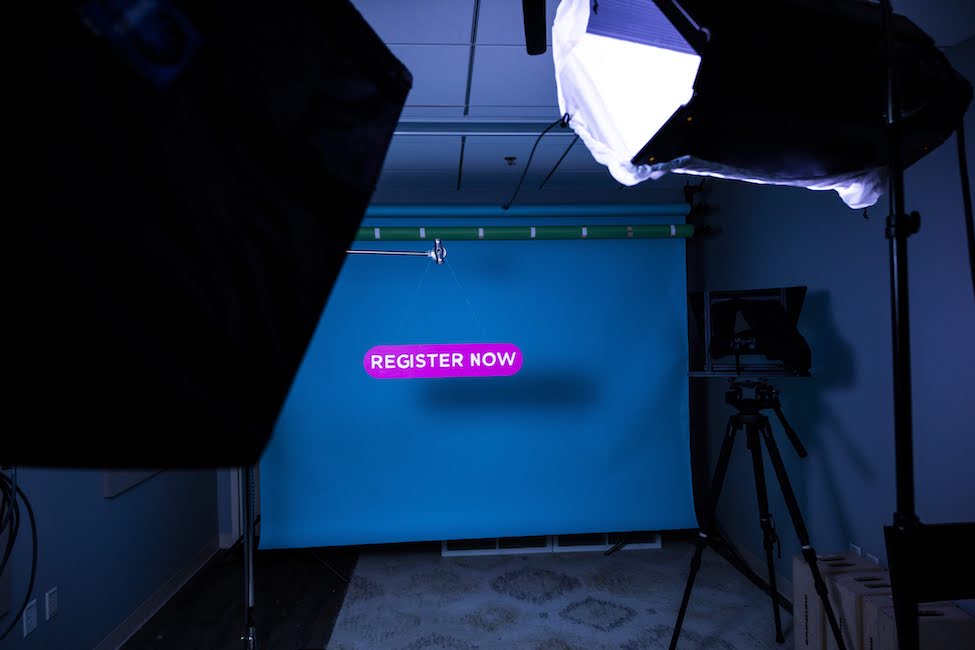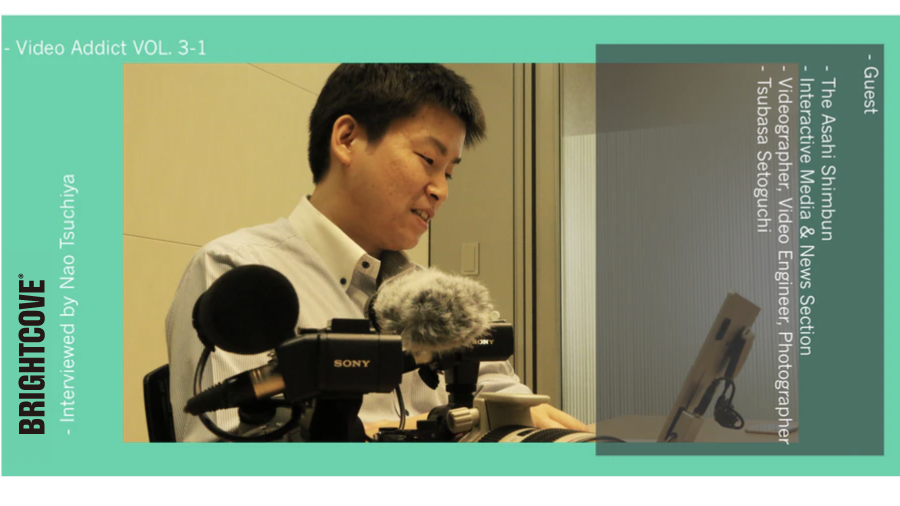HOW BENESSE CORPORATION REDUCED COSTS AND DOUBLED EFFICIENCY
bsp-admin-1 on August 28, 2019
Benesse Corporation is a company that mainly operates distance learning services for infants, children, and junior high and high school students. For its “Kodomo Challenge” distance learning service for children aged 0 to 6, the company had previously created video learning materials and delivered them to customers on DVD, but it has now switched to providing them online only in response to changes in customers’ viewing environments. The service has been highly evaluated as one that meets customer needs, and the company has succeeded in providing content that is even more popular with customers. Brightcove’s Video Cloud is supporting this system.
VIDEO CLOUD HAS ACHIEVED A STABLE DISTRIBUTION ENVIRONMENT AND COST REDUCTIONS
Kodomo Challenge provides video teaching materials, including animations of the program’s most famous character, Shima Jiro, and how to use the teaching materials. Previously, some videos were distributed on the website for members, but the teaching materials were basically distributed on DVDs. However, as the number of members who do not have DVD players has increased in recent years, “we began to explore the possibility of distributing everything online,” says Daiki Kubota of the Kodomo Challenge Engineering Department, Engineering Division, Kodomo Challenge.
“The first thing we considered was video distribution via mobile apps. While this would have the advantage of allowing parents to watch the videos anytime, anywhere, we also anticipated that some parents might be concerned that their young children would be watching on a small screen, which might be bad for their eyesight. In that respect, we felt more comfortable with the idea of DVDs, as they are usually watched on a big TV screen at home.” (Kubota)
The service we were using when we were already streaming some videos on our website did not support TV streaming, so we decided to look into using a different service. After comparing several services, we decided on Brightcove because of its ease of use on TV devices and its stable streaming environment. From April 2023, we will be streaming all of our video teaching materials online.
“We knew that Brightcove offered an all-in-one service for video distribution, and that we could use it to provide a stable service for video distribution of Kodomo Challenge. For these two reasons, we decided to make Video Cloud the standard for use within Benesse. Of course, video distribution is also more cost-effective than DVD distribution” (Yuki Shibata, Infrastructure Strategy Promotion Section, Infrastructure Solutions Department)
Kodomo Challenge has six courses, each with 10 to 20 editing staff, and the video teaching materials are produced with the cooperation of production companies.
“We create around 10 videos for each course each month. These include new video teaching materials, re-edited versions of videos we have used in the past, and supplementary videos that are not the main teaching material, but by switching everything to online distribution, we have been able to provide around twice as many videos as before. Also, with DVDs, we could only deliver them once a month, but now we can also deliver them on a weekly basis, for example, every Saturday, and we are really feeling the benefits of this” (Kubota)
BEING ABLE TO WATCH VIDEOS ON MOBILE DEVICES HAS BEEN WELL RECEIVED BY
The biggest challenge after introducing Video Cloud was transcoding. Of course, if the data size is large, you can deliver beautiful videos, but if you’re watching on a smartphone, it will take up a lot of space. We had to experiment to see how we could reduce the data volume while maintaining a satisfactory quality.
For example, with anime, you can watch it relatively easily even if the file size is small because it’s a series of still images, but with video teaching materials that have actually been filmed, if you reduce the video file size too much, things like video distortion and dropped frames will occur. While actually watching the video, we adjusted it by saying things like, ‘This is a little too compressed’ and ‘This is too big’.” (Kubota)
As a result of being able to watch it on a mobile app, the way it was traditionally viewed became possible.
“We’ve received a lot of feedback saying that it’s great to be able to watch videos while you’re out and about, such as in restaurants or while waiting to buy something, when before you could only watch them at home on your TV or in-car DVD player. Also, with DVDs you have to change the disc, but with streaming there’s no need to do that, so it’s less of a burden for parents. Plus, unlike free video platforms, there’s no risk of being taken to unintended videos or being interrupted by ads, so people say they feel more at ease about showing them to their children” (Kubota)










